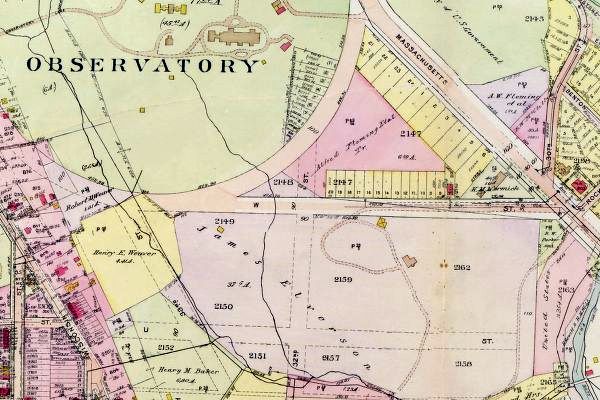Category Rock Creek Park

The Myths of the British Embassy I: the Location before Lutyens
There persists the unfortunate belief in some publications that in the 1920s the government of the United Kingdom chose a remote site with “little civilization nearby” for their new Washington Embassy. While the British with their previous diplomatic building pioneered the countryside around Connecticut Avenue—with livestock pens and crumbling Civil War barracks for neighbors—that is […]

Lutyens in Washington
Nine perspective drawings by long-time Lutyens’s collaborator Cyril A. Farey for the proposed new British Embassy were exhibited on 5 February 1927 to the United States Commission of Fine Arts. Meeting in the New York office of architect William Delano, the established American professionals comprising or acting as consultants to this committee (Cass Gilbert, Charles […]

Ambassador Bryce
Another participant, if now a seemingly unlikely one, in the area’s landscape was Ambassador James Bryce of Great Britain. Serving from 1907 to 1913, he was an articulate, energetic and persuasive proponent of what made and would make Washington unique in the world. At a Board of Trade meeting in 1912, he warned that the […]






Recent Comments